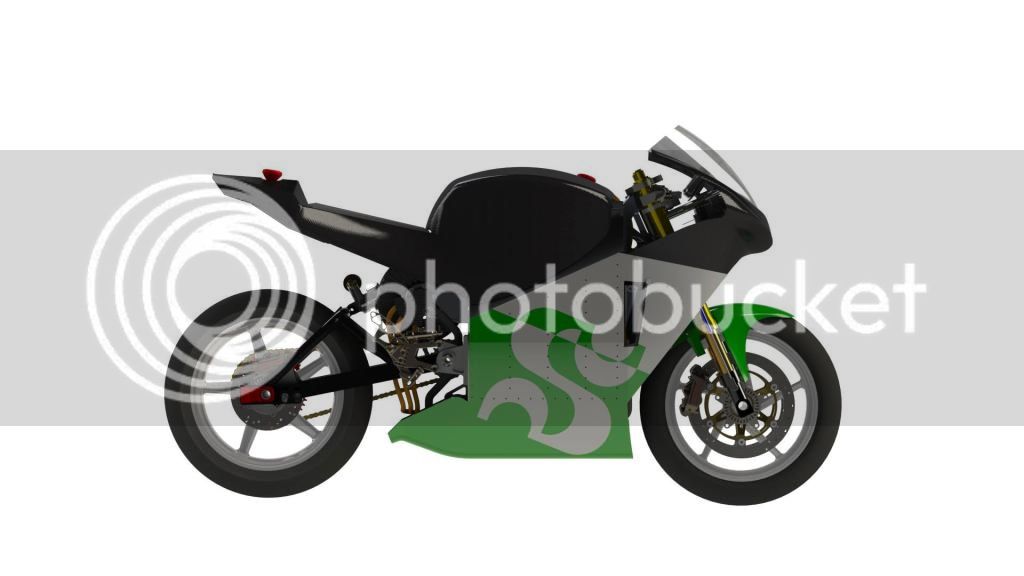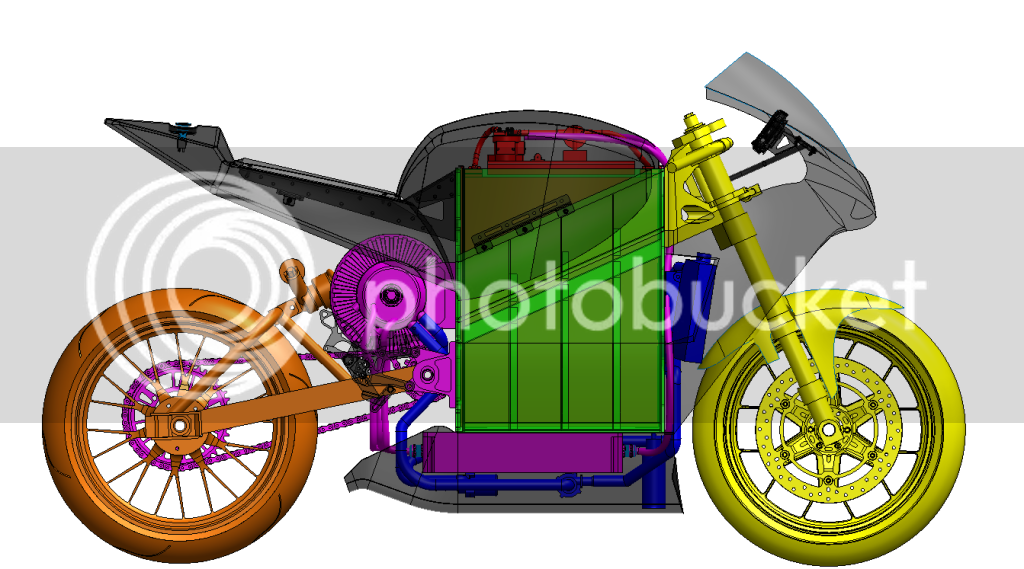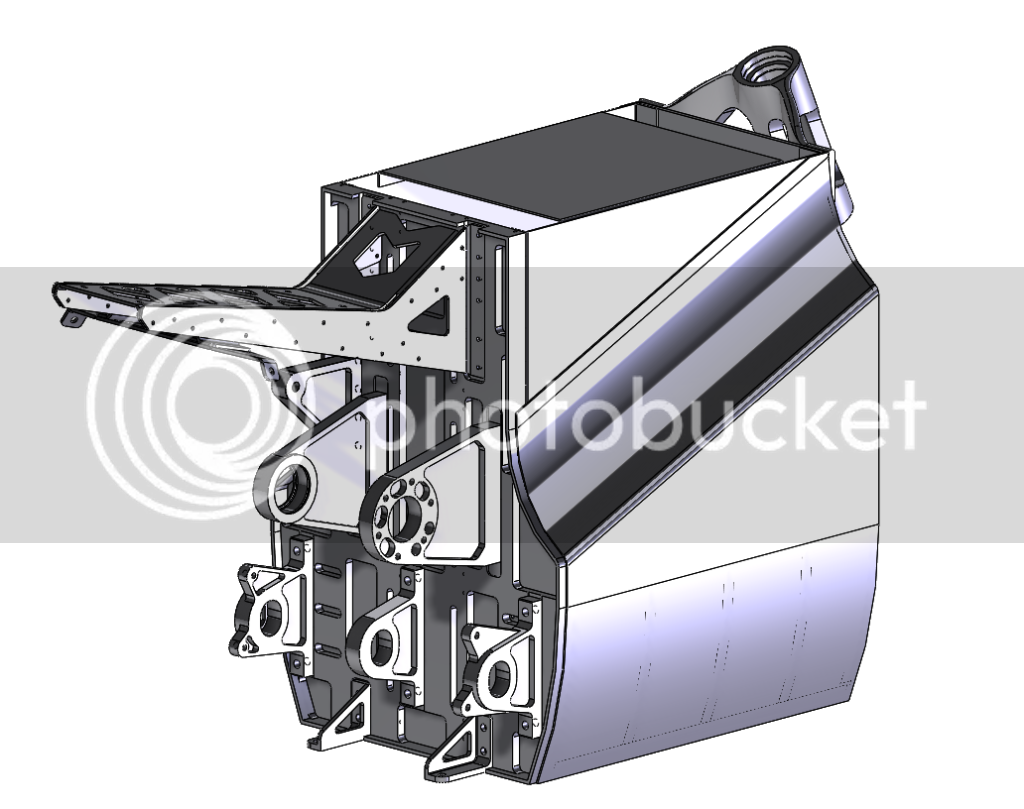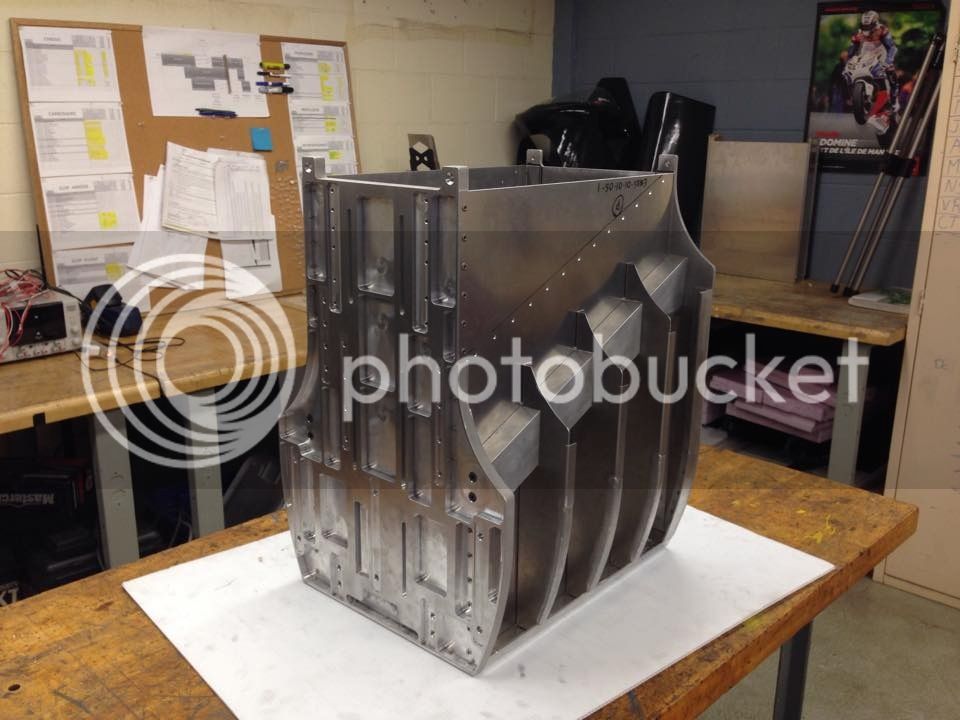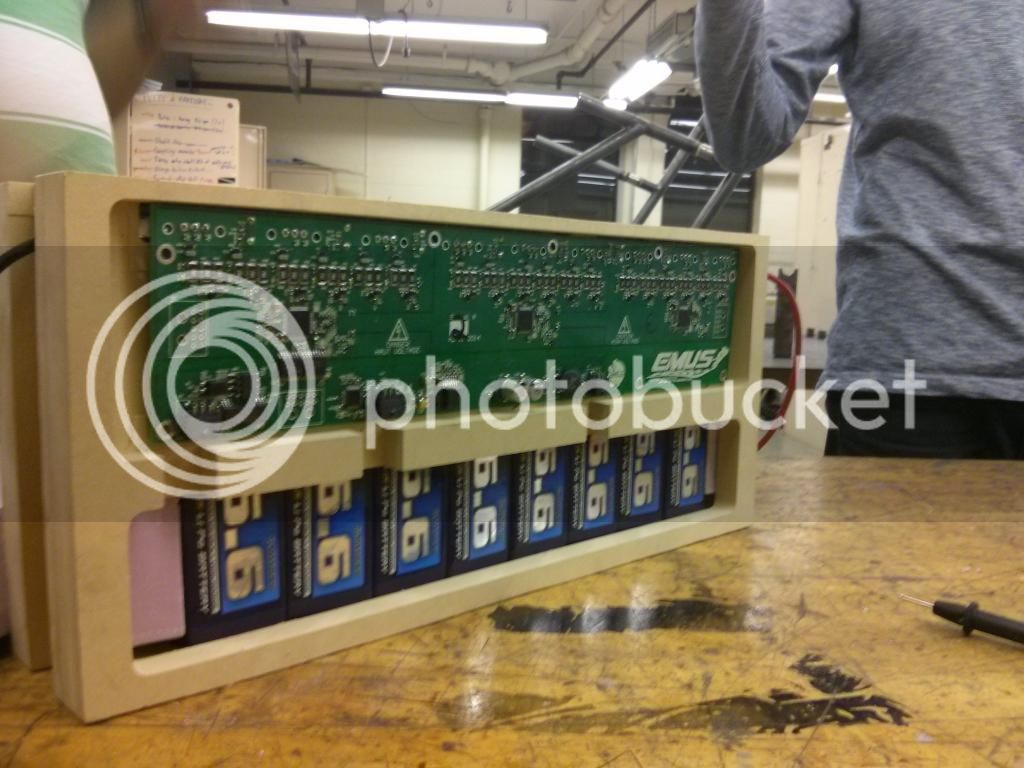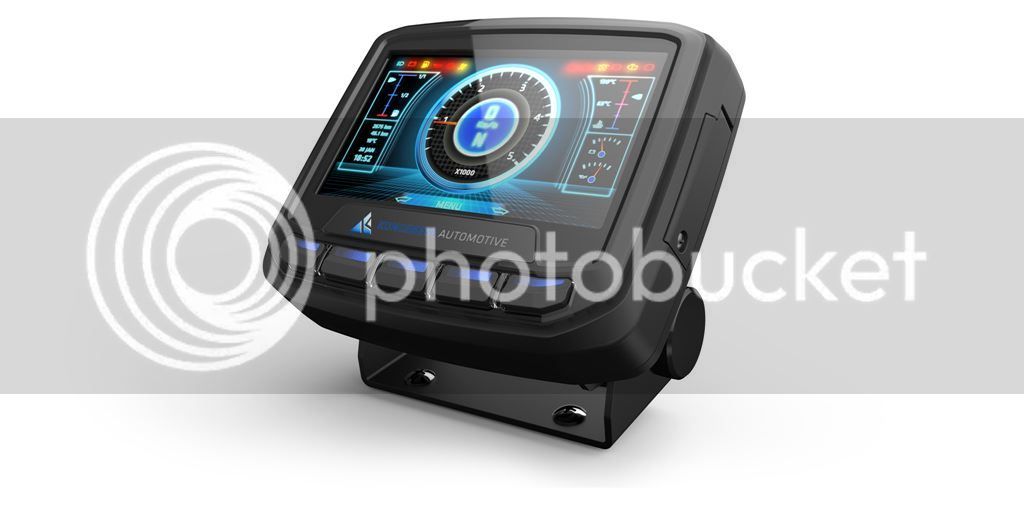team_EMUS
10 mW
- Joined
- Feb 27, 2015
- Messages
- 22
The Université de Sherbrooke is working on an electric motorcycle
A team of students from the engineering faculty have set the goal to design an all electric sports bike for 2014. The vehicle is going to be entirely designed by the student during their degree final project.
A multi-disciplinary project.
EMUS (Electric Motorcycle Université de Sherbrooke) is composed of 12 machanical engineering students for now, but they are looking to add as much electrical and computer engineers to the team. The project was officially launched in december, following the efforts of the previous sudent group of the same name, launched in 2010.
A two years journey.
The engineering program at Université de Sherbrooke teaches the principle of simultaneous engineering with major design projects. Third year students get to choose their own design project, that will take most of their time for the next two years. The process is closely followed by university professors, whom help the future engineers bring the project from a vague idea to a running prototype. Every year, a dozen projects take place. Sherbrooke's engineering faculty has seen projects like: Phoebus and Vue, two electric car conversions; Épervier, an acrobatic airplane designed from scratch; Pégase, a human powered plane; and many more. Through the years, teams have always managed to gather funds, ranging from 10 000$ to 100 000$; thanks to the generosity of the sponsors. Prototypes are unveiled at the "macagenial" show, that happens a few weeks before graduation, a show that celebrates a two years effort. EMUS' superbike will be unveiled in december 2014.
Aiming for an international championship
EMUS has set its goal to participate at TTXGP (www.egrandprix.com) in the summer of 2015. Teams from all around the world attend this competition with their all electric motorcycles, putting them to test against each other. The Université de Sherbrooke would become the first french canadian school to race at TTXGP.
Performances like Ducati or BMW
Speaking of performances, the team beleives that they can acheive and better performances than a regular combustion engine motorcycle. The elctric power train has instant and continuous torque, which translates to explosive accelerations and no need for a transmission. The team has set an objective of 300km/h for top speed limit, and a 45km range, enough to finish a TTXGP race. Some people may reget the sound of the combustion engine, which will be replaced by the smooth whisper of the electric motor, but will forget that detail once they see the outstanding performances and manuverability of the vehicle.
A 75 00$ Budget
The project is will cost 75 000$, entirely sponsor funded. If you would like to help fund the project, please communicate with us at teamemus@gmail.com. We issue tax return receips for all donations.
You can follow us on www.facebook.com/projetemus.
Visit our website: emus.ca
A team of students from the engineering faculty have set the goal to design an all electric sports bike for 2014. The vehicle is going to be entirely designed by the student during their degree final project.
A multi-disciplinary project.
EMUS (Electric Motorcycle Université de Sherbrooke) is composed of 12 machanical engineering students for now, but they are looking to add as much electrical and computer engineers to the team. The project was officially launched in december, following the efforts of the previous sudent group of the same name, launched in 2010.
A two years journey.
The engineering program at Université de Sherbrooke teaches the principle of simultaneous engineering with major design projects. Third year students get to choose their own design project, that will take most of their time for the next two years. The process is closely followed by university professors, whom help the future engineers bring the project from a vague idea to a running prototype. Every year, a dozen projects take place. Sherbrooke's engineering faculty has seen projects like: Phoebus and Vue, two electric car conversions; Épervier, an acrobatic airplane designed from scratch; Pégase, a human powered plane; and many more. Through the years, teams have always managed to gather funds, ranging from 10 000$ to 100 000$; thanks to the generosity of the sponsors. Prototypes are unveiled at the "macagenial" show, that happens a few weeks before graduation, a show that celebrates a two years effort. EMUS' superbike will be unveiled in december 2014.
Aiming for an international championship
EMUS has set its goal to participate at TTXGP (www.egrandprix.com) in the summer of 2015. Teams from all around the world attend this competition with their all electric motorcycles, putting them to test against each other. The Université de Sherbrooke would become the first french canadian school to race at TTXGP.
Performances like Ducati or BMW
Speaking of performances, the team beleives that they can acheive and better performances than a regular combustion engine motorcycle. The elctric power train has instant and continuous torque, which translates to explosive accelerations and no need for a transmission. The team has set an objective of 300km/h for top speed limit, and a 45km range, enough to finish a TTXGP race. Some people may reget the sound of the combustion engine, which will be replaced by the smooth whisper of the electric motor, but will forget that detail once they see the outstanding performances and manuverability of the vehicle.
A 75 00$ Budget
The project is will cost 75 000$, entirely sponsor funded. If you would like to help fund the project, please communicate with us at teamemus@gmail.com. We issue tax return receips for all donations.
You can follow us on www.facebook.com/projetemus.
Visit our website: emus.ca


 [/URL
[/URL